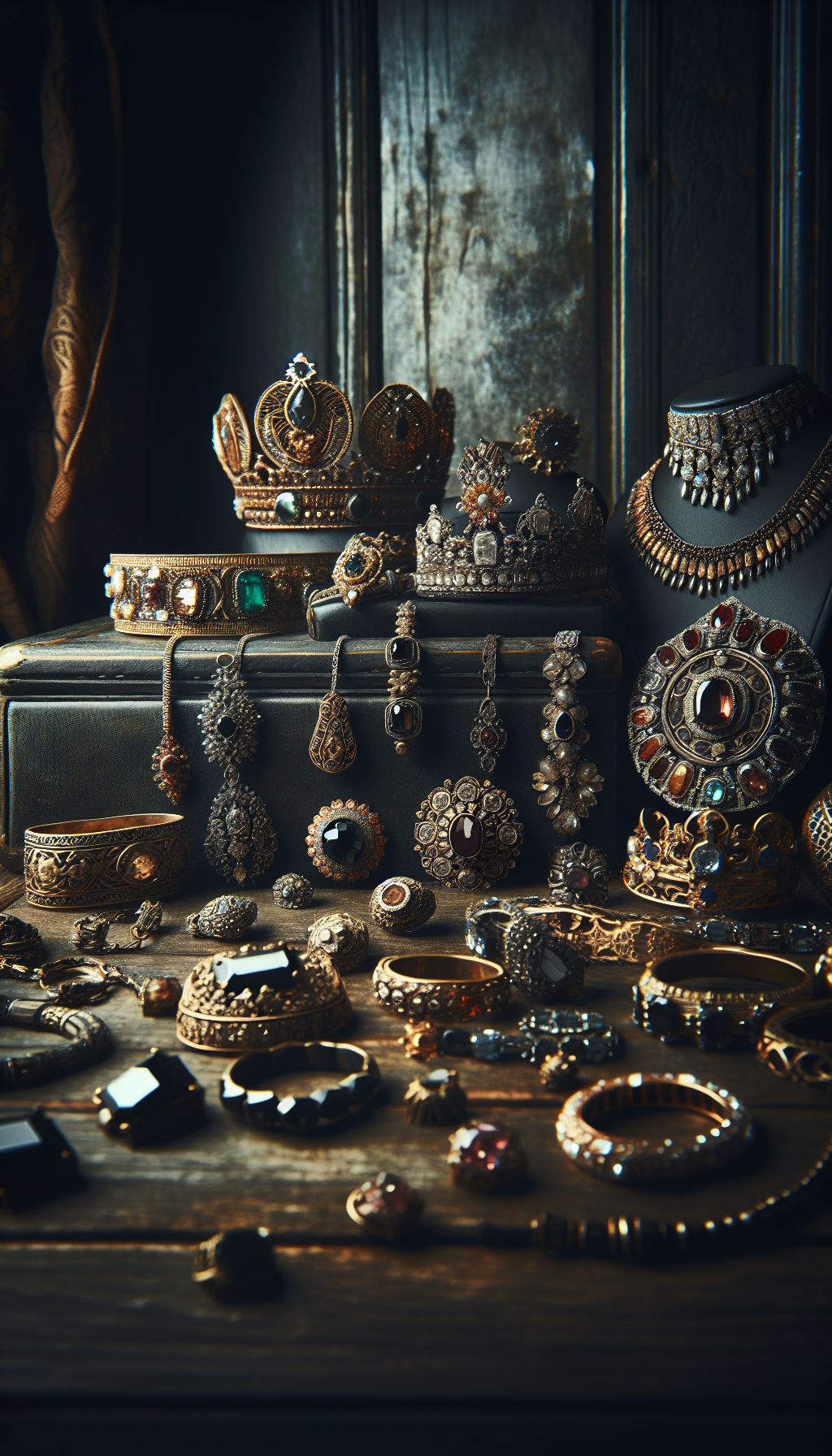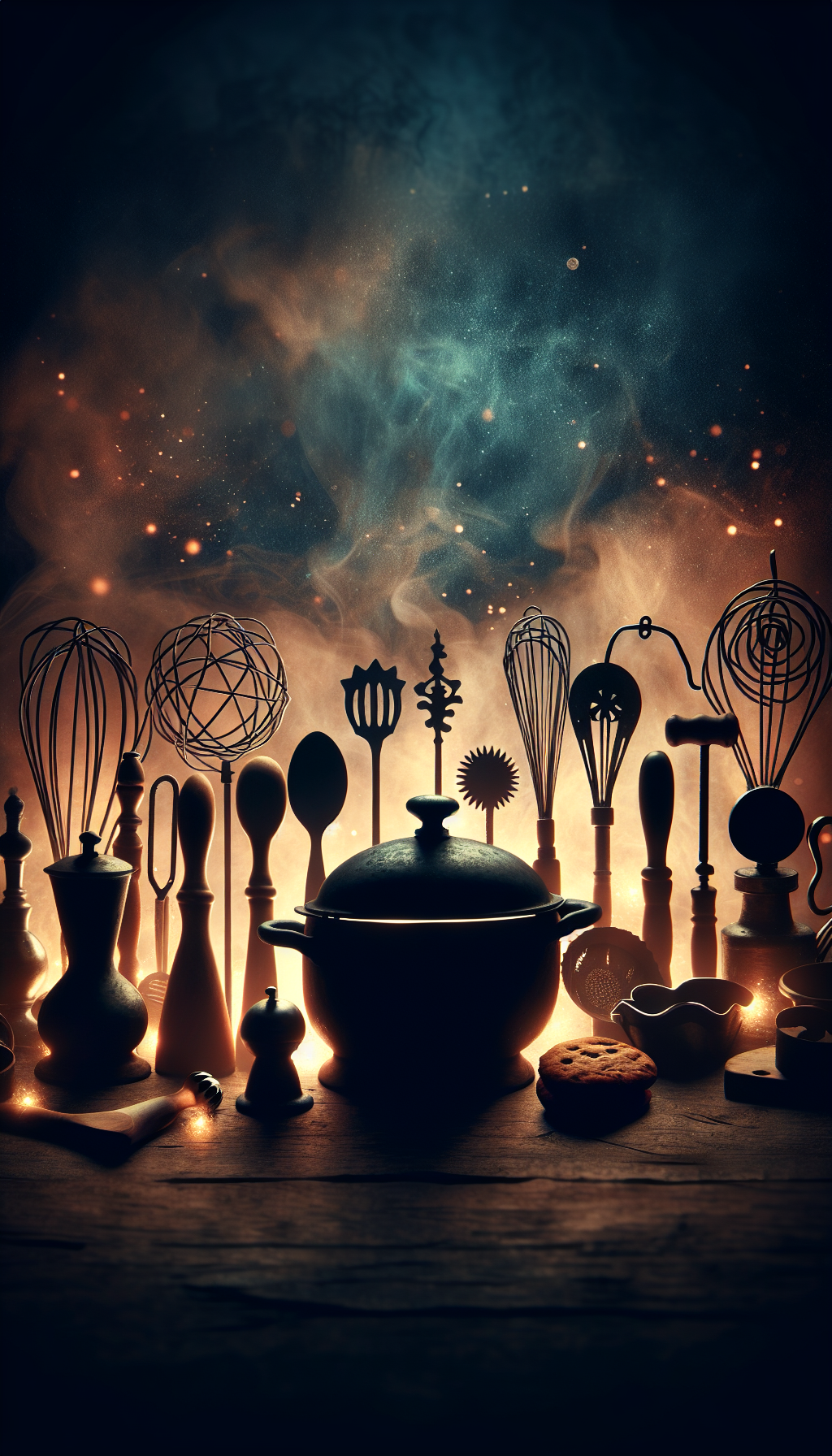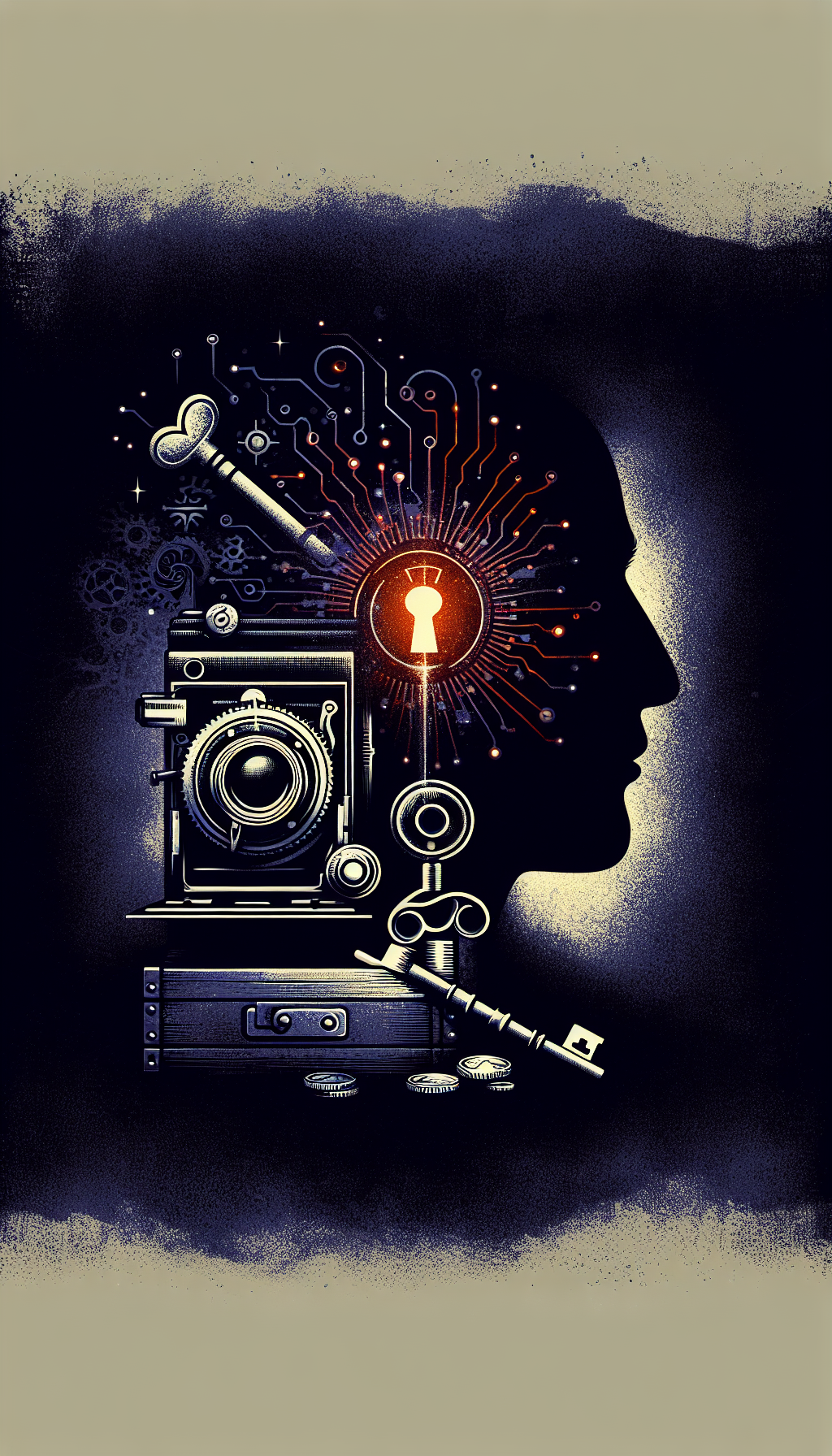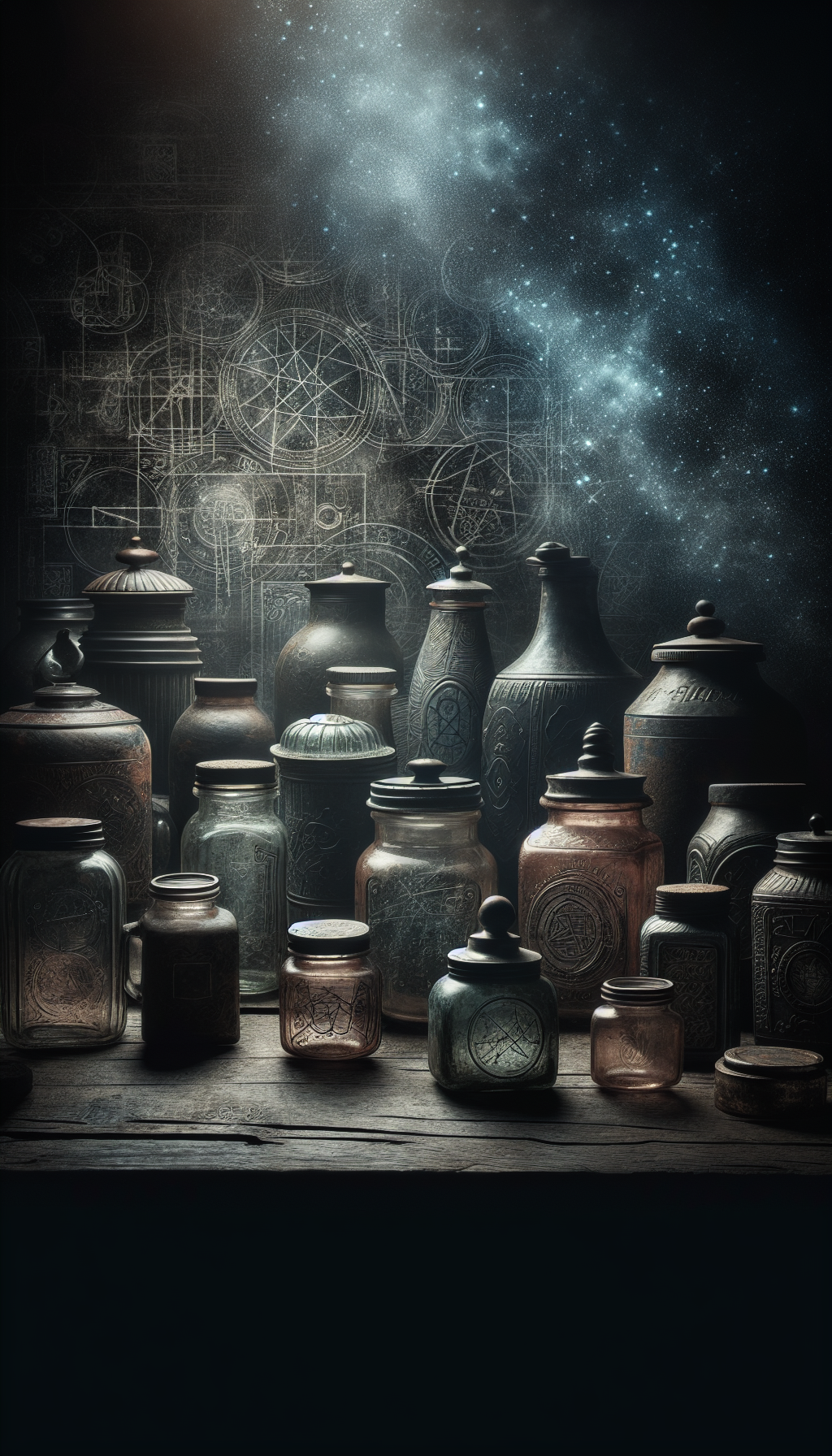Who is Dr. Lori Verderame?
Dr. Lori has appeared on several popular television shows, including History Channel’s “The Curse of Oak Island” and “Pawn Stars Do America,” Discovery’s “Auction Kings,” and Netflix’s “King of Collectibles.” Her approachable style and extensive knowledge have made her a favorite among both casual viewers and serious collectors seeking professional appraisals.
Each year, Dr. Lori conducts approximately 150 antiques appraisal events worldwide, where she evaluates around 20,000 items. Her ability to quickly and accurately assess the value, age, and authenticity of a wide range of objects has earned her a loyal following and established her as a trusted authority in the field of antique appraisal.
Dr. Lori's Impact in Numbers
Background and Credentials
Dr. Lori Verderame's Professional Journey
- Early Life
New Haven, Connecticut
Born on January 11, 1965, in New Haven, Connecticut, Lori Verderame developed an early interest in history and antiques. - Education
Multiple Advanced Degrees
Earned a Bachelor's degree from the University of Michigan, a Master of Library Science from Wesleyan University, and a Ph.D. from Pennsylvania State University. - Museum Career
Director and Curator
Before becoming a television personality, Dr. Lori served as a museum director and curator, gaining hands-on experience with valuable artifacts and collections. - Teaching
University Professor
Worked as a university professor, sharing her knowledge of art history, appraisal methods, and antique identification with students. - Television Career
Multiple Network Appearances
Became a regular expert on History Channel's "The Curse of Oak Island" and "Pawn Stars Do America," Discovery's "Auction Kings," and Netflix's "King of Collectibles."
Dr. Lori’s academic credentials set her apart in the field of antiques appraisal. Her Ph.D. provides a solid foundation of research methodology and historical context that informs her evaluations. Additionally, her experience as a museum professional has given her hands-on experience with a wide variety of artifacts from different time periods and cultures.
Unlike many television personalities in the antiques world who rely primarily on market experience, Dr. Lori combines academic knowledge with practical expertise. This comprehensive approach allows her to not only determine an item’s value but also to provide detailed information about its historical significance, manufacturing techniques, and cultural context.
Television and Media Presence
Dr. Lori is well-known for her appearances on:
History Channel’s “The Curse of Oak Island” - As the show’s trusted appraiser, she evaluates artifacts discovered on Oak Island, providing historical context and valuation for items that might be connected to the island’s mysterious past.
History Channel’s “Pawn Stars Do America” - Dr. Lori helps the Pawn Stars team authenticate and value items across America, bringing her expertise to regional treasures and collectibles.
Discovery’s “Auction Kings” - On this show, she provided expert appraisals for unique items heading to auction, helping both sellers and buyers understand the true value of various artifacts.
Netflix’s “King of Collectibles” - As an expert appraiser, she evaluates high-value collectibles and shares insights into the market for rare items.
In addition to these television appearances, Dr. Lori maintains an active presence on social media platforms:
- Her Facebook page (facebook.com/doctorlori) has over 34,000 followers
- Her YouTube channel features numerous videos on antique valuation and identification
- Her Instagram account (@drloriv) showcases her television appearances and appraisal events
Dr. Lori’s media presence extends beyond television and social media to include:
- A popular website (DrLoriV.com) offering appraisal services and educational resources
- Regular appearances on news and morning shows discussing antiques and collectibles
- Featured articles in newspapers and magazines about antiques valuation and trends
Appraisal Services Offered
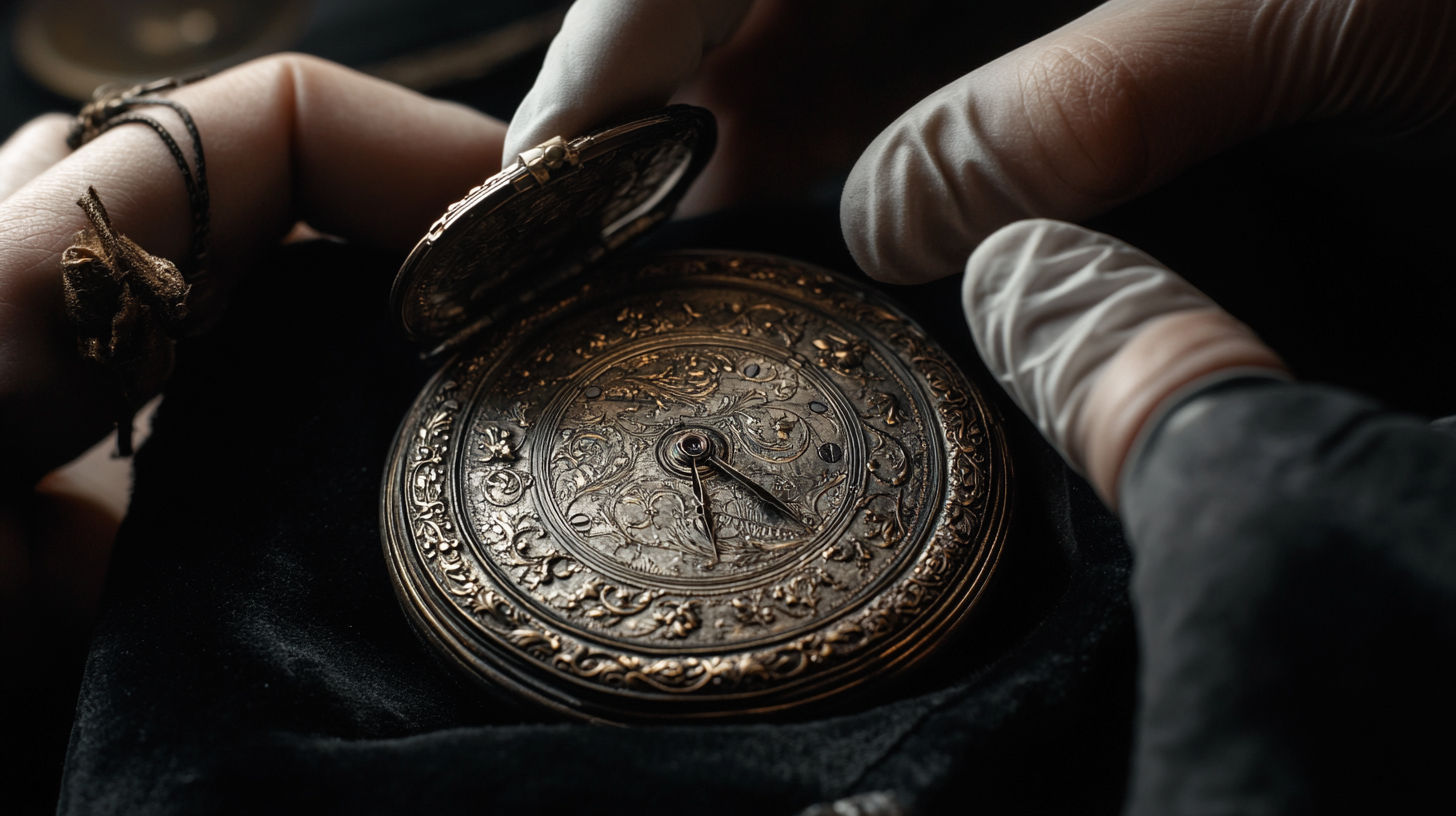
Dr. Lori offers several different appraisal options through her website (DrLoriV.com):
Online Appraisals
For those who cannot attend her live events, Dr. Lori offers online appraisal services where clients can submit photos and information about their items. This service provides:
- Professional evaluation of antiques, art, and collectibles
- Detailed information about the item’s age, origin, and history
- Current market value assessment
- Authentication of rare or valuable pieces
One Fee – No Limit Appraisals
One of Dr. Lori’s unique service offerings is her “One Fee – No Limit” appraisal option, which allows clients to have multiple items appraised for a single flat fee. This service is particularly popular among:
- Individuals who have inherited collections
- Estate administrators cataloging numerous items
- Collectors seeking to understand the value of their entire collection
Live Appraisal Events
Dr. Lori conducts approximately 150 live appraisal events annually, where attendees can bring their items for in-person evaluation. These events provide:
- Face-to-face consultation with Dr. Lori
- Immediate verbal appraisals
- Educational insights about the history and market for various collectibles
- Community engagement with other antique enthusiasts
Dr. Lori's Appraisal Service Options
General price ranges for Dr. Lori's professional services
</tbody>
</table>
While Dr. Lori’s exact pricing may vary and change over time, these services offer different options for consumers based on their specific needs and budget. For the most current pricing, visitors should consult her official website.
Dr. Lori's Appraisal Methodology
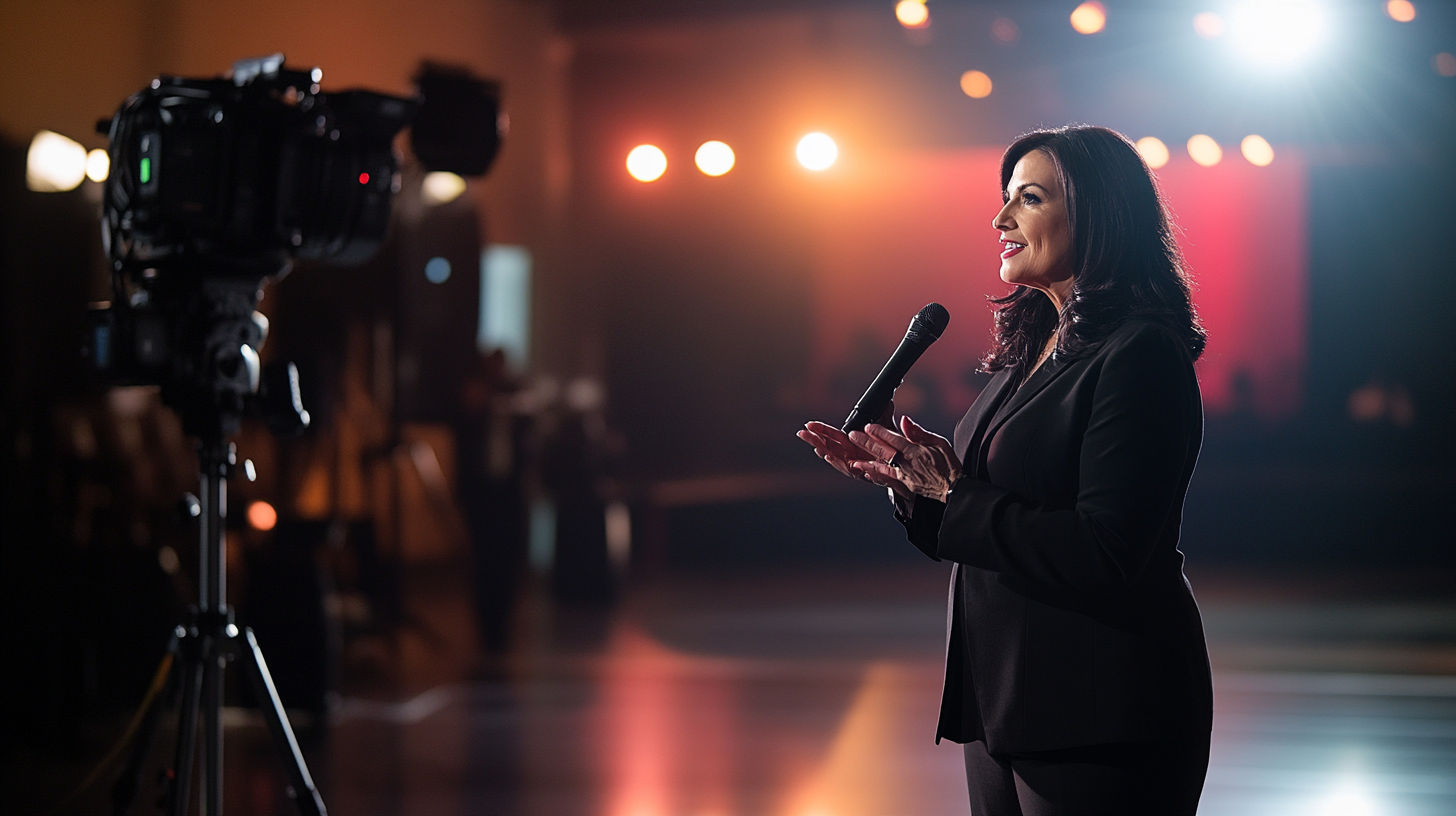
Key Factors in Dr. Lori’s Appraisal Process
Dr. Lori's Appraisal Assessment Factors
Elements considered when evaluating antiques and collectibles
- Authenticity and provenance
- Age and historical context
- Condition and completeness
- Rarity and uniqueness
- Maker or artist identification
- Current market demand
- Comparable sales data
- Material quality and craftsmanship
Dr. Lori’s approach is distinguished by her ability to quickly identify key features that affect value. For example, when examining furniture, she often looks for:
- Construction techniques that indicate time period (dovetail joints, screws, nails)
- Wood types used in different eras and regions
- Patina and wear patterns consistent with genuine age
- Maker’s marks or signatures that authenticate the piece
For art and decorative objects, her analysis typically includes:
- Artistic style characteristic of specific periods or movements
- Material composition appropriate to the purported age
- Signature verification through comparison with known examples
- Technical examination of paint application, glazing, or other techniques
What sets Dr. Lori apart from many other appraisers is her combination of:
- Academic knowledge of historical manufacturing techniques
- Hands-on museum experience with authenticated examples
- Extensive field experience evaluating thousands of items annually
- Current market awareness from ongoing engagement with collectors and dealers
This comprehensive approach helps her provide not just a monetary value but also educational context that helps owners better understand their possessions.
Educational Resources and Publications
Dr. Lori has created numerous educational resources for antique enthusiasts and collectors:
Written Publications
Dr. Lori has authored several books and articles on antiques and collectibles, including:
- Books focusing on antique identification and valuation
- Numerous newspaper and magazine articles about collecting trends
- Regular columns in antiques publications
- Educational guides for specific categories of collectibles
Online Resources
Through her website and social media platforms, Dr. Lori provides:
- Educational videos demonstrating appraisal techniques
- Articles on identifying valuable antiques in common places
- Tips for spotting fakes and reproductions
- Market trend analysis for various collectible categories
YouTube Content
Dr. Lori’s YouTube channel features a wide range of educational content:
- “What’s It Worth” series examining viewer-submitted items
- Thrift store and flea market shopping guides
- Authentication tips for popular collectibles
- Analysis of auction results and market trends
These resources reflect Dr. Lori’s commitment to democratizing knowledge about antiques and empowering collectors to make informed decisions. She emphasizes that education is a crucial component of collecting, helping enthusiasts avoid common pitfalls and recognize valuable opportunities.
Popular Segments and Features
“Dumpster or No Dumpster”
This recurring segment on various television shows and her own YouTube channel features Dr. Lori evaluating items to determine whether they should be kept or discarded. The segment:
- Helps viewers understand what factors make an item valuable
- Provides surprising revelations about seemingly ordinary objects
- Educates about common misconceptions regarding antiques
- Demonstrates her quick assessment skills
Thrift Store Finds
Dr. Lori regularly showcases valuable items found at thrift stores, teaching viewers:
- What to look for when browsing secondhand shops
- How to identify valuable items among everyday objects
- Price points that represent good deals for various collectibles
- Stories of remarkable finds and their historical significance
Live Audience Appraisals
During television appearances and live events, Dr. Lori’s interactions with audience members and their items have become a highlight. These segments typically feature:
- Engaging personal stories about family heirlooms
- Dramatic reveals of unexpected values
- Educational explanations about historical context
- Authentication of items with uncertain provenance
These popular features have helped build Dr. Lori’s reputation as an engaging educator who can make the world of antiques accessible to everyone, from serious collectors to casual viewers.
Common Questions About Dr. Lori Verderame
How much does Dr. Lori charge for an appraisal?
Dr. Lori offers several appraisal options at different price points. Online appraisals typically start around $59, while her "One Fee – No Limit" service, which allows multiple items to be appraised for a single fee, starts around $99. Prices for live events vary by venue, typically ranging from $25-$75 for admission. For formal written appraisals used for insurance or estate purposes, fees generally start at $250 or more.
For the most current pricing, it’s best to visit her official website at DrLoriV.com, as rates may change over time.
Where is Dr. Lori from?
Dr. Lori Verderame was born on January 11, 1965, in New Haven, Connecticut. She has maintained ties to the northeastern United States throughout her career, though she travels extensively for her television appearances and live appraisal events.
What is Dr. Lori's educational background?
Dr. Lori has an impressive academic background that includes:
- Bachelor of Arts (B.A.) from the University of Michigan
- Master of Library Science (M.L.S.) from Wesleyan University
- Doctor of Philosophy (Ph.D.) from Pennsylvania State University
Her doctoral studies focused on areas relevant to her appraisal work, providing a strong academic foundation for her expertise in antiques and collectibles.
What TV shows has Dr. Lori appeared on?
Dr. Lori has appeared as an antiques expert on numerous television programs, including:
- History Channel’s "The Curse of Oak Island"
- History Channel’s "Pawn Stars Do America"
- Discovery’s "Auction Kings"
- Netflix’s "King of Collectibles"
She also makes regular appearances on news programs and morning shows to discuss antiques and collectibles.
Does Dr. Lori offer free appraisals?
While Dr. Lori's primary services are paid professional appraisals, she does occasionally offer free appraisals in specific contexts:
- During certain television segments
- As part of promotional events
- Through contests on her social media channels
- During special limited-time offers
However, her standard appraisal services through her website and at scheduled events typically involve a fee, reflecting the professional nature of her expertise and the time involved in proper evaluation.
What types of items does Dr. Lori appraise?
Dr. Lori appraises a wide range of antiques, collectibles, and fine art, including:
- Furniture and decorative arts
- Paintings, prints, and other artwork
- Ceramics, porcelain, and glassware
- Jewelry and watches
- Books, manuscripts, and documents
- Sports memorabilia and pop culture collectibles
- Coins, currency, and stamps
- Historical artifacts and militaria
Her broad expertise allows her to evaluate items from many different time periods and categories.
How can I get an item appraised by Dr. Lori?
There are several ways to have an item appraised by Dr. Lori:
- Online Appraisal: Submit photos and information through her website (DrLoriV.com)
- Live Events: Attend one of her approximately 150 annual appraisal events
- One Fee – No Limit Service: Use her special service for multiple items
- Television Appearances: Some shows feature viewer-submitted items
The most direct method is through her website, which provides detailed instructions for submitting items for appraisal.
What makes Dr. Lori different from other antique appraisers?
Dr. Lori stands out from many other antique appraisers for several reasons:
- Academic Credentials: Her Ph.D. and formal education provide depth of historical knowledge
- Museum Experience: Background as a museum director and curator
- Volume of Appraisals: Evaluates approximately 20,000 items annually
- Media Presence: Regular appearances on multiple television networks
- Educational Approach: Focus on teaching about items, not just valuing them
- Accessibility: Offers services at various price points for different needs
This combination of academic knowledge, practical experience, and media savvy has helped establish her as a trusted authority in the field.
The Impact of Dr. Lori's Work
Democratizing Antiques Knowledge
One of Dr. Lori’s most significant contributions has been making antiques knowledge more accessible to everyday people:
- Breaking down complex terminology into understandable language
- Demonstrating that valuable items can be found in ordinary places
- Encouraging people to research family heirlooms and thrift store finds
- Showing that appreciation for antiques isn’t limited to wealthy collectors
Educational Impact
Through her various platforms, Dr. Lori has educated millions about:
- Historical manufacturing techniques and materials
- The cultural context of various collectibles
- Authentication methods for different types of antiques
- Preservation and care for valuable items
Market Influence
As a prominent media personality in the antiques world, Dr. Lori has influenced:
- Greater transparency in the appraisal process
- Increased public interest in antiques and collecting
- Growing awareness of preservation and conservation issues
- The popularization of antiques beyond traditional collector demographics
Cultural Preservation
By helping people identify and value historical items, Dr. Lori contributes to:
- The preservation of cultural artifacts that might otherwise be discarded
- Documentation of family histories through heirlooms
- Greater appreciation for craftsmanship and design history
- Conservation of items with historical significance
Through her combination of entertainment and education, Dr. Lori has helped transform how many people view the objects around them, encouraging a deeper appreciation for history, craftsmanship, and cultural heritage.
External Resources
Dr. Lori's Official Website
Dr. Lori's official website offering appraisal services, educational resources, event schedules, and more information about her background and expertise.
Dr. Lori's YouTube Channel
Dr. Lori's YouTube channel featuring appraisal videos, thrift store tips, and educational content about antiques and collectibles.
Dr. Lori Verderame on Wikipedia
The Wikipedia entry for Dr. Lori Verderame providing background information about her life, career, television appearances, and publications.
Dr. Lori on Facebook
Dr. Lori's official Facebook page with over 34,000 followers, featuring updates on her appearances, appraisal tips, and interaction with fans.
Dr. Lori on Instagram
Dr. Lori's Instagram account showcasing her television appearances, appraisal events, and behind-the-scenes content.
Online Appraisal Form
The online submission form for having items appraised by Dr. Lori through her website, with instructions on how to photograph and describe items.
Conclusion: Dr. Lori's Place in the Antiques World
What distinguishes Dr. Lori in the world of antiques is her commitment to both education and accessibility. Unlike some experts who cater primarily to high-end collectors, Dr. Lori has made her knowledge available through various channels and price points, democratizing information that was once available only to elite collectors or academic specialists.
Her presence on television shows like “The Curse of Oak Island,” “Pawn Stars Do America,” and various other programs has introduced millions of viewers to the fascinating world of antiques appraisal. Through these appearances, she has demonstrated how historical objects connect us to the past and how evaluating these items involves both science and art.
For those interested in having their own antiques and collectibles appraised, Dr. Lori offers multiple service options through her website, from online submissions to in-person events. These services provide an opportunity to learn from a recognized expert with both academic credentials and extensive field experience.
As antiques and collecting continue to evolve in the digital age, Dr. Lori’s influence remains significant, helping to bridge the gap between traditional collecting and contemporary interest in vintage and historical items. Her work reminds us that valuable treasures may be hiding in plain sight, waiting for the knowledgeable eye to recognize their significance and worth.
Get a Professional Appraisal
Unsure about your item’s value? Our certified experts provide fast, written appraisals you can trust.
- Expert report with photos and comps
- Fast turnaround
- Fixed, upfront pricing
No obligation. Secure upload.
| Category | Price | Notes |
|---|---|---|
| Online Appraisal | $59+ | Photo submission with detailed report |
| One Fee - No Limit | $99+ | Multiple items appraised for one flat fee |
| Live Event Admission | $25-$75 | Varies by venue and event type |
| Written Appraisal Reports | $250+ | Formal documentation for insurance/estates |

